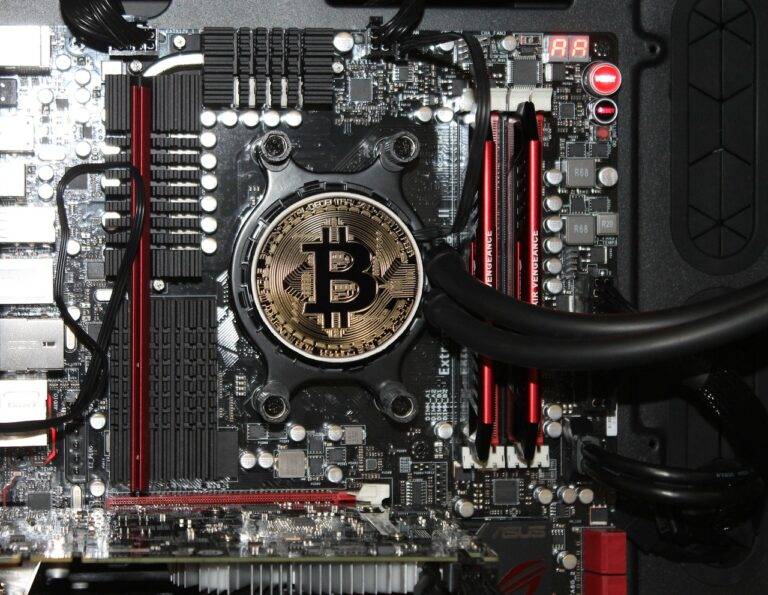Augmented Reality in Education and Training
Augmented Reality (AR) technology offers a myriad of advantages when integrated into learning environments. One key benefit is its ability to enhance the visual and interactive aspects of education, making complex concepts more accessible and engaging for students. By overlaying digital information onto the physical world, AR creates immersive learning experiences that cater to different learning styles and foster deeper understanding.
Moreover, incorporating AR technology can also promote collaboration and teamwork among students. Through shared AR experiences, learners can work together on projects, solve problems collaboratively, and communicate more effectively. This not only cultivates important social and communication skills but also fosters a sense of community and cooperation within the classroom environment.
How AR Enhances Student Engagement and Interaction
Augmented Reality (AR) has shown great promise in enhancing student engagement and interaction in learning environments. By integrating digital elements into the physical world, AR provides an immersive and interactive experience for students. This technology allows learners to visualize complex concepts in a more tangible way, making it easier for them to grasp and retain information. As a result, students are more likely to stay focused and actively participate in their learning process.
Furthermore, AR facilitates real-time collaboration among students, enabling them to work together on projects and problem-solving activities. This interactive feature promotes teamwork and communication skills, as students engage in discussions and share ideas while exploring AR simulations. This collaborative aspect not only enhances the learning experience but also cultivates a sense of community within the classroom, fostering a supportive and engaging environment for students to thrive academically.
Examples of Successful Integration of AR in Educational Settings
Augmented reality technology has been successfully integrated into various educational settings, showcasing its potential to enhance learning experiences. In a biology class, students were able to explore 3D models of cells and organisms through AR applications, improving their understanding of complex biological concepts. This interactive approach not only increased student engagement but also fostered a deeper level of comprehension.
Furthermore, in a history classroom, AR was used to overlay historical images and information onto present-day locations, allowing students to virtually travel back in time and witness key events firsthand. This immersive experience not only made the learning process more enjoyable but also enabled students to connect with the past in a way that traditional methods could not achieve, highlighting the versatility of AR in facilitating meaningful educational experiences.
• In a biology class, students explored 3D models of cells and organisms through AR applications
• Improved understanding of complex biological concepts
• Increased student engagement and fostered deeper comprehension
• In a history classroom, AR overlayed historical images and information onto present-day locations
• Allowed students to virtually travel back in time and witness key events firsthand
• Made learning process more enjoyable and enabled connection with the past in a unique way
What are some potential benefits of incorporating AR technology in learning environments?
Some potential benefits include increased student engagement, enhanced interaction with the material, improved retention of information, and the ability to visualize complex concepts in a more interactive way.
How does AR enhance student engagement and interaction in educational settings?
AR technology can make learning more interactive and immersive, allowing students to actively participate in the learning process. It can also provide real-time feedback and personalized learning experiences, making the material more engaging and relevant to students.
Can you provide some examples of successful integration of AR in educational settings?
Some examples include using AR apps to teach anatomy by allowing students to explore 3D models of the human body, using AR to simulate historical events or scientific experiments, and incorporating AR games to make learning more fun and engaging for students.





